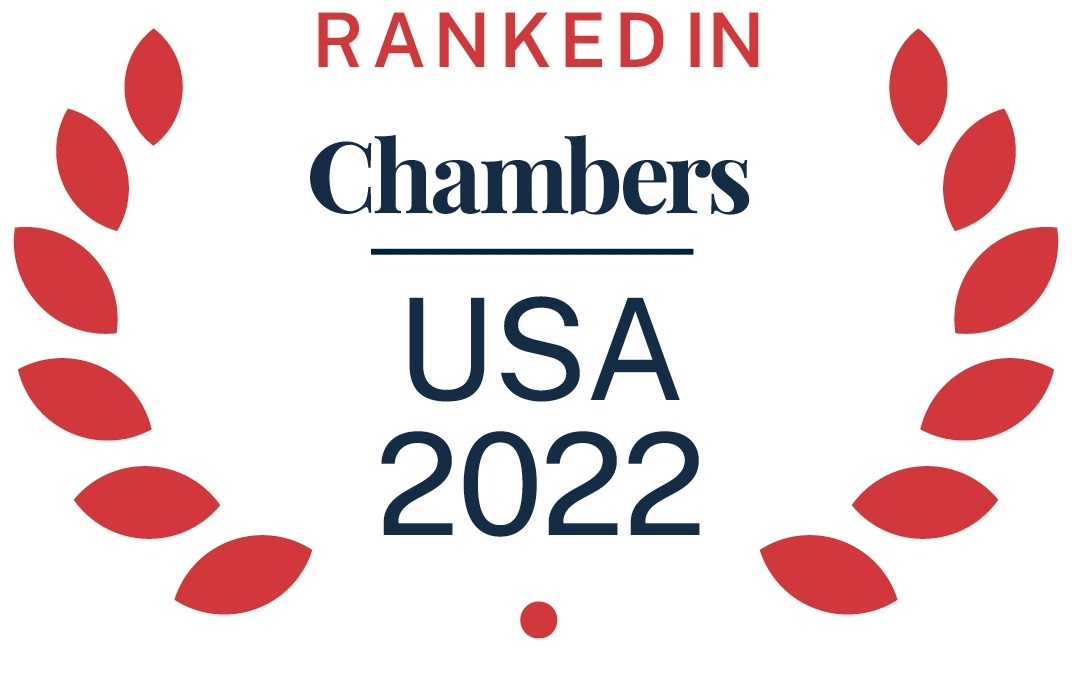We have updated and republished this March 2024 blog post for a year-end summary.
The Alcohol and Tobacco Tax and Trade Bureau’s (TTB) Office of Field Operations is responsible for ensuring industry members comply with the Federal Alcohol Administration Act, the Internal Revenue Code, and all related regulations. It is divided into three groups: the Trade Investigations Division (TID), the Tax Audit Division (TAD), and the Intelligence Division.
Many industry members are most familiar with the TID, as it is comprises investigators who are responsible for enforcing compliance with the trade practice laws and maintaining a level playing field. The TAD may be less familiar, however, as it is comprises auditors who are responsible for ensuring payments of excise taxes and compliance with the laws and regulations in a manner that protects revenue and prevents unlawful activity in the commodities that the TTB regulates. The TAD works with other areas of the TTB and has the resources to assist in the investigations of underpayment of tax or other financial areas that relate to the laws and regulations enforced by the TTB. The TAD also performs random audits, which means that every industry member is susceptible to an audit.
Over the past year, the TAD has issued a number of tax-related citations for failure to timely file and/or pay taxes, use of inappropriate tax rates, largely stemming from the improper use of reduced tax rates under the Craft Beverage Modernization Act (CBMA) and late payments, among other violations. TTB routinely resolved these violations by accepting offer-in-compromise (OIC) settlement payments from the targeted industry members, collectively, to the tune of approximately $11,000,000 since the beginning of 2023.
Based on a review of the OICs, which are published on the TTB website, there were a wide range of tax-related violations over the past year, including:
- Failure to timely file and/or pay taxes and reports. These failures accounted for nearly 70% of all OIC violations and have been a source of increasing scrutiny by TTB in 2024. In these common infringements, the permittee submits their reports or taxes late. The causes for a violation can range from (1) a simple late submission, even 1-2 days late; (2) filing the tax return without paying the taxes; (3) late payments due to processing times; or (4) a change in filing frequency. It is important to ensure that industry members’ reports are filed on time (even a day late is sufficient to warrant a violation) and that the taxes are paid promptly.
- Use of inappropriate tax rates. There are two main categories of tax rate violations: (1) inappropriate use of reduced tax rates or credits, largely through improper use of the CBMA, and (2) inappropriate categorization of the product (commonly wine). An accurate determination of the product’s tax class is crucial to avoiding these violations, as is consideration of your eligibility (and continued eligibility) for CBMA-reduced rates or credits, including your status in a single taxpayer designation or a controlled group. We saw a significant increase in tax-related enforcement due to violations from [...]
Continue Reading
read more

 Subscribe
Subscribe

